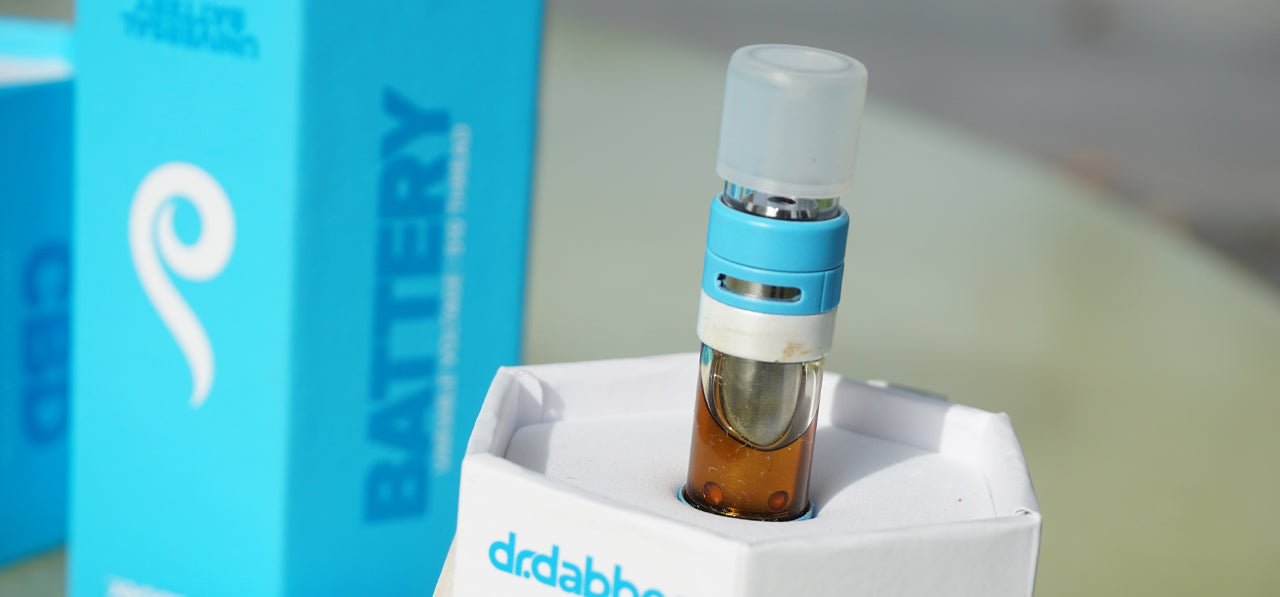Table of Contents
Using a Dehydrator for Drying and Rehydrating Cannabis: What You Need to Know
The drying process is a critical stage in cannabis preparation that directly impacts potency, flavor, and overall quality. While traditional hanging methods remain popular, many cultivators and home growers wonder if modern appliances like food dehydrators offer a viable alternative. This guide explores whether you can use a dehydrator to dry weed, the potential benefits and drawbacks, and how to rehydrate cannabis that has become too dry.
Dehydrators and Cannabis: Understanding the Relationship
Food dehydrators are designed to remove moisture from various substances using controlled heat and airflow. When it comes to cannabis, the drying process typically requires precision to preserve terpenes and cannabinoids while preventing mold growth.
The question "can you dry weed in a dehydrator" has a nuanced answer. Yes, technically you can dehydrate cannabis using these appliances, but the process differs significantly from dehydrating fruits or vegetables. Cannabis requires gentler treatment to maintain its beneficial compounds.
Using a Dehydrator to Dry Cannabis Properly
If you decide to use a dehydrator for cannabis, follow these guidelines for best results:
Temperature Settings
The most crucial factor when using a dehydrator for cannabis is temperature control. Excessive heat can degrade THC and terpenes.
- Set temperature between 95-105 °F (35-40 °C)
- Never exceed 115 °F (46 °C) to prevent cannabinoid degradation
- Use the lowest setting available on most consumer dehydrators
Preparation Steps
Proper preparation ensures more even drying:
- Trim buds appropriately before placing in dehydrator
- Break larger buds into smaller, consistent pieces
- Arrange on trays with adequate spacing for airflow
- Rotate trays periodically for even drying
For precise measurement of your final product, accurate digital scales designed for weighing cannabis are essential tools that help ensure consistency in both personal use and commercial production.
Pros and Cons of Dehydrating Cannabis
Advantages
- Speed: Significantly faster than air-drying (hours vs. days)
- Reduced mold risk through controlled environment
- Convenience for small batches
- Discretion compared to hanging methods
Disadvantages
- Potential terpene loss affecting flavor and aroma
- Risk of overdrying if not carefully monitored
- Possible reduction in overall potency
- Less even drying compared to slow-cure methods
As noted in this guide on preventing cannabis from drying out, maintaining optimal moisture levels is essential for preserving quality regardless of drying method.
Rehydrating Cannabis That's Too Dry
If you're wondering "can you rehydrate weed that is too dry," the answer is yes. Overly dry cannabis becomes harsh when smoked and loses potency and flavor. Several effective rehydration methods include:
Humidity Packs
Commercial humidity control packets designed specifically for cannabis provide controlled rehydration:
- Place dried cannabis and humidity pack in airtight container
- Select appropriate humidity level (typically 58-62%)
- Allow 24-48 hours for moisture equilibration
Natural Methods
For those seeking household solutions:
- Orange/lemon peel: Place small piece in container with cannabis for 2-3 hours (monitor closely to prevent mold)
- Fresh lettuce leaf: Less aromatic alternative to citrus peels
- Damp paper towel: Place near but not touching cannabis in sealed container
For detailed guidance on rehydration techniques, this resource on rehydrating dry cannabis products provides comprehensive methods.
Monitoring Moisture Content for Optimal Results
Whether drying or rehydrating, monitoring moisture content is crucial:
Visual and Tactile Assessment
- Properly dried cannabis should be slightly crisp outside but slightly flexible
- Stems should snap rather than bend when fully dried
- Buds should not crumble to dust when handled
Using Hygrometers
For precise measurement:
- Small digital hygrometers can be placed in storage containers
- Aim for 58-62% relative humidity for optimal storage
- Readings below 55% indicate overly dry cannabis
- Readings above 65% create risk for mold growth
Contrary to some beliefs, consuming cannabis does not significantly contribute to bodily dehydration, though as this article on cannabis and dehydration notes, staying properly hydrated is always recommended when consuming.
Best Practices and Future Considerations for Cannabis Processing
As cannabis processing technology evolves, several best practices have emerged:
- Consider dehydrators as a supplementary rather than primary drying method
- For commercial operations, invest in cannabis-specific drying equipment
- Combine methods: initial hanging followed by dehydrator finishing
- Experiment with small batches before committing large harvests
For those seeking faster drying without sacrificing quality, these quick and effective methods to dry cannabis offer alternatives to standard dehydrator use.
The question of whether you can dehydrate weed effectively with standard equipment continues to evolve as technology advances. While food dehydrators offer convenience and speed, traditional slow-drying methods still provide superior results for preserving the full spectrum of cannabis qualities. The ideal approach often combines techniques, using technology where appropriate while respecting the plant's need for gentle processing to maintain its valuable properties.











Leave a comment
All comments are moderated before being published.
This site is protected by hCaptcha and the hCaptcha Privacy Policy and Terms of Service apply.